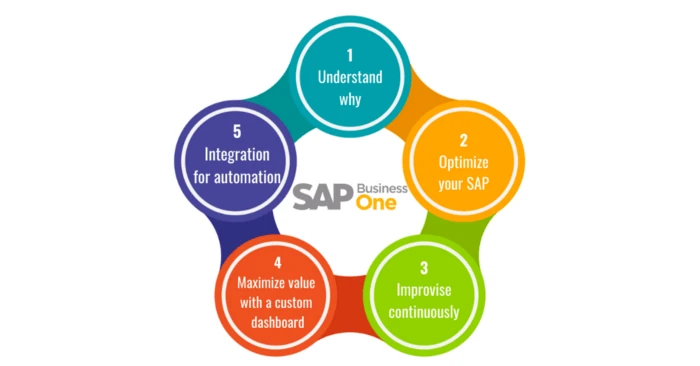Maintaining a flawless inventory and warehouse management system is essential for order fulfillment. Keeping track of orders, clients, payments, merchandise, and shipping is subsequently necessary and is not possible with a manual system. It’s critical to forecast future demand correctly to manage prices and choose the ideal batch size for production. In manual management, this is typically the stage where errors are most likely to occur.
For logistics organizations, supply chain data analytics implementation has several advantages. Logistics firms can: by using data-driven insights,
a. Enhance Planning and Scheduling
Real-time insights about inventory levels and consumer demand enable better planning and scheduling of supply chain events, thus ensuring timely delivery and reducing stock-outs.
b. Optimise Resource Allocation
Optimize the supply flow chain by analyzing information on production materials and purchase costs to lower expenses, and operate at a higher potential.
c. Improve Customer Satisfaction
Real-time data and analytics enhance logistics operations by accurately tracking information, reducing delivery times, and increasing customer satisfaction.
d. Streamline Inventory Management
Supply chain data analytics solutions help optimize inventory levels, minimize excess stock, and reduce the risk of stockouts, thus improving overall inventory management.
Supply chain analytics unlock efficiency and optimization. By leveraging data and analytics tools from ERP software in India, companies can gain valuable insights, make informed decisions, and enhance overall performance throughout the supply chain.
Applications of Supply Chain Analytics
Supply chain analytics can be applied at several steps in the logistics standard operating procedures, providing valuable analysis and optimization opportunities.
- Logistics firms may estimate and predict future market needs using Demand Forecasting and Planningbased on historical data and current market trends. They can estimate demand accurately, manage inventory levels, and enhance production scheduling by examining consumer purchasing patterns, outward touchpoints like economic data, and social media sentiment.
- Route Optimization and Transportation Management allow logistics organizations to optimize their transportation routes using real-time data such as traffic conditions, fuel prices, and delivery timetables. By evaluating this data, logistics organizations may cut transportation costs, improve market reach, and increase their average logistics potential.
- Warehouse Administration and Inventory Optimization can improve storage space, inventory placement, and warehouse layouts through insights into warehouse operations. Logistics firms may optimize warehouse operations, save carrying costs, and enhance inventory management by evaluating data on inventory turnover, order volumes, and lead times.
- Distributor Efficiency and Risk Management help logistics enterprises measure the efficiency of a distributor through several indices, like timely access, values provided, and expenses. By analyzing supplier data, logistics companies can identify underperforming suppliers, mitigate supply chain risks, and make informed decisions about supplier relationships.
With SAP Business One’s integrated supply chain management, you can manage your logistics operations effortlessly. ERP software solution from SAP Business One i.e. Osswal Infosystem, eliminates all ambiguity along the supply chain process. By harnessing the power of data, companies can navigate challenges, improve customer satisfaction, and stay competitive in the dynamic logistics industry.



